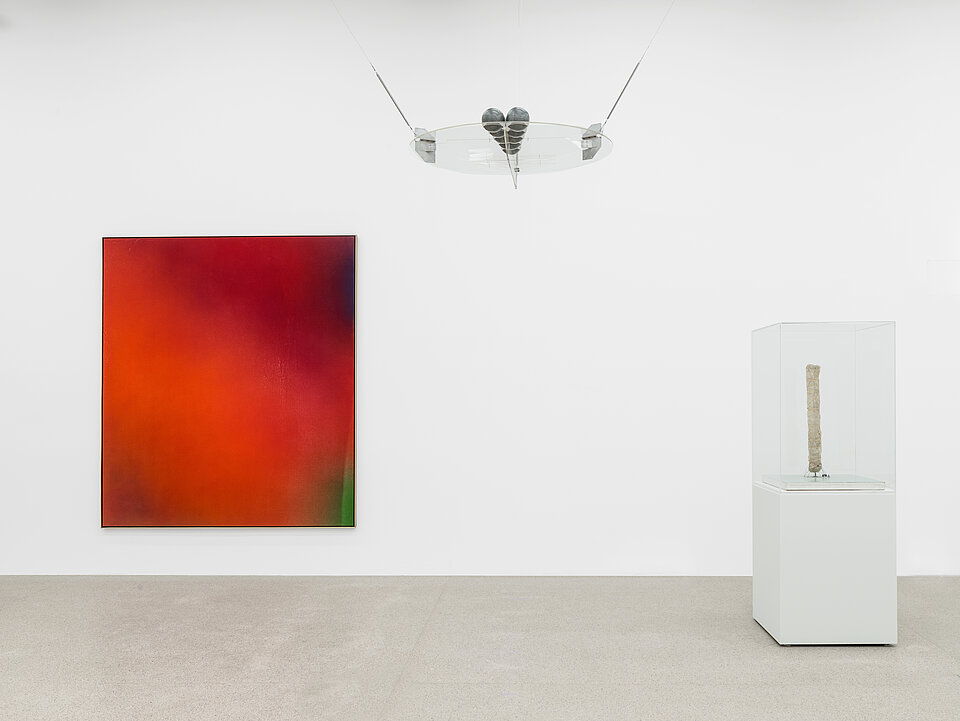Christo’s 200,000 Cubic Feet Package became the iconic symbol of documenta 4 (1968) in Kassel. Three attempts were required to bring the large, 85-meter-high balloon, made of robust Trevira fabric, to a standstill. Kassel’s citizens watched the endeavors with growing amusement. Produced by Christo, as always, with his wife Jeanne-Claude, although – unlike for later projects – she was not officially named as co-creator at the time, this slender, towering cylindrical work was soon given rather unflattering nicknames, such as “the sausage” or “the cigar.”
Even if 200,000 Cubic Feet Package offered the general public ample material for all kinds of not always favorable projections – ranging from sausages to phalluses to the idea of an artwork that is literally little more than hot air – the work, viewed more soberly, is an expression of fundamental shifts that were afoot in both art production and within the art system. On the one hand, the visual arts were just beginning to abandon the format of permanent works created for eternity and focusing instead on actions delimited in space and time. On the other hand – as is particularly evident in 200,000 Cubic Feet Package as well as in the associated debates and media coverage – artworks increasingly took on a degree of entertainment value and operated as spectacles in a spirit that moved beyond issues related to the theory or history of art.
As always with his actions and temporary installations, Christo produced all manner of sketches, models, and planning materials in advance. This ephemera was sold to finance implementation of the actual project. en, Modelle und Planungsmaterialien an. Der Verkauf dieser Ephemera diente der Realisierung des eigentlichen Projekts.

